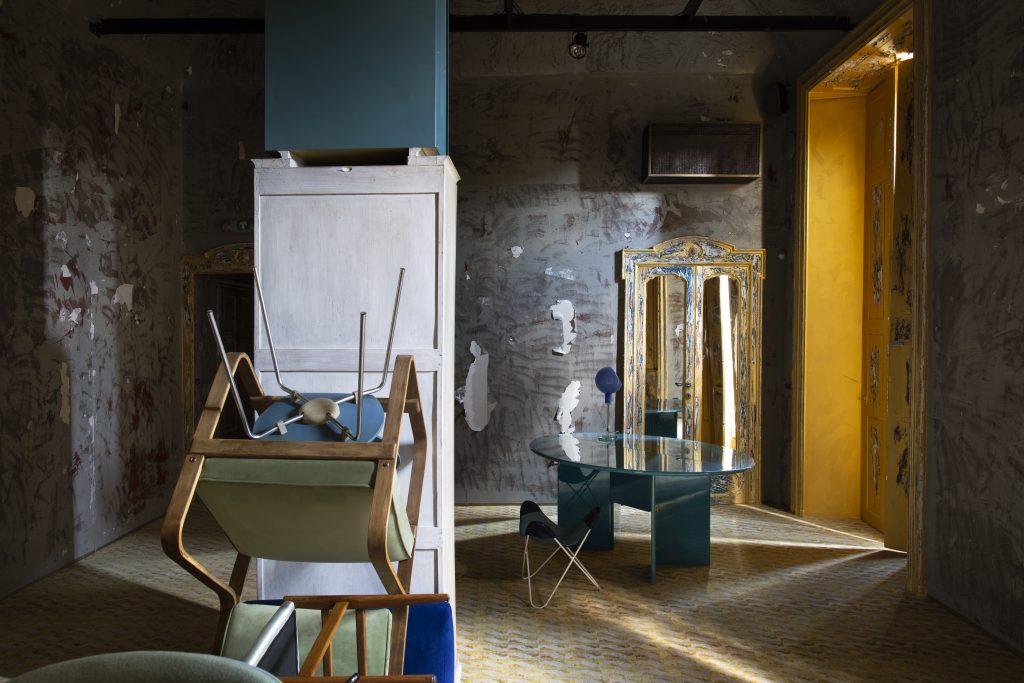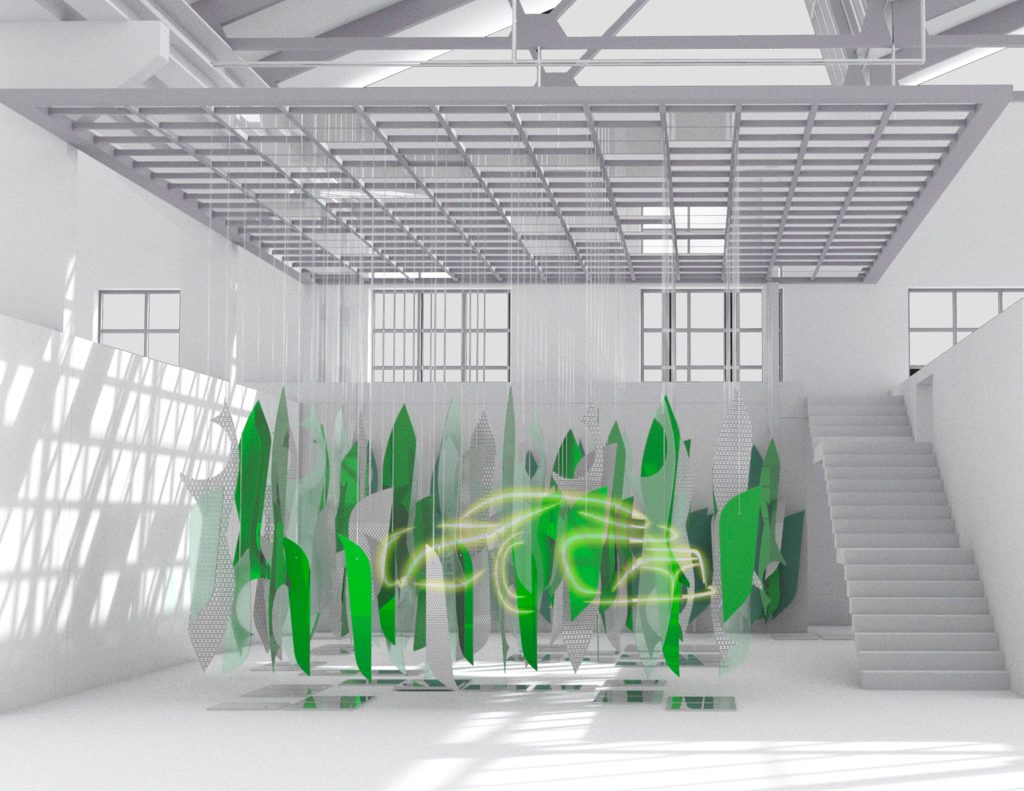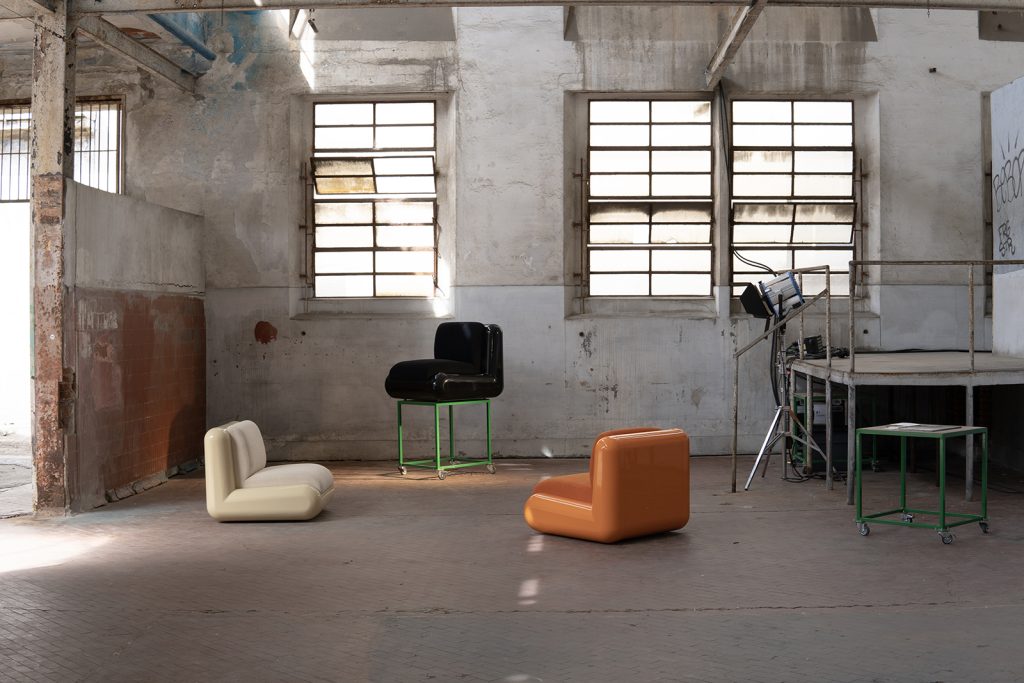Milan Design Week 2014: Six Colorful Sofas
Vibrantly hued settees poking out from the mass of furniture found at this year’s fair

Delicate, subtly hued earth tones pervaded seemingly every facet of design in almost every pocket of Milan last week. But the Salone Internazionale del Mobile and its numerous offshoots weren’t wholly packed with rich pastels and copper-congruent colors; like Americans’ favorite (and impossible to find in Italy) gelato topping, bright bits of color were sprinkled around, most noticeably in the sofa sector. Here are six vibrant settees that stood out among the masses during Milan Design Week 2014.
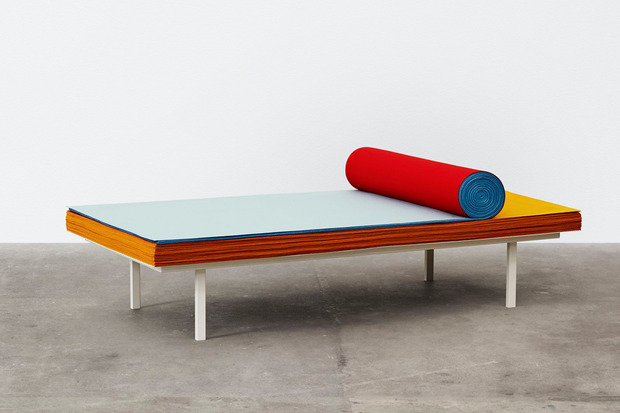
Created for Kvadrat in 1984 by Danish painter and graphic artist Finn Sködt, the Divina textiles collection has always kept bold colors at its core. This year, for an exhibition during Milan Design Week, the iconic company tapped 22 contemporary designers to reinterpret this classic, felt-like fabric. While the resulting one-off concepts all lured in observers through various forms of artful application, the daybed by Belgian duo Muller Van Severen really showcased the Divina fabric’s texture and brilliant tint through an attractive, simple silhouette.
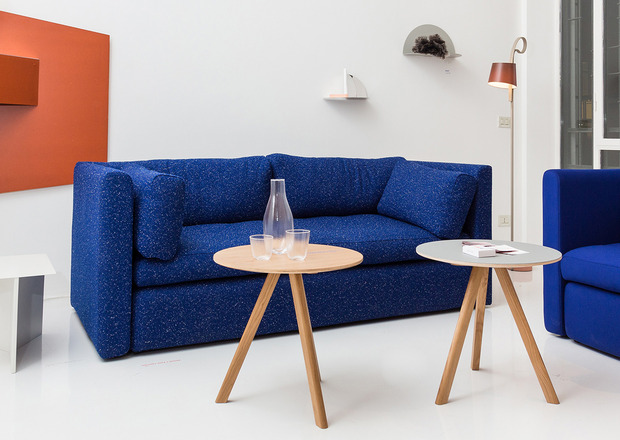
The exciting Wrong for Hay collaboration continues, with the former Established & Sons designer director Sebastian Wrong at the helm of their joint venture. While the beloved Danish design outlet Hay often partakes in furniture fairs, this was the first time they’ve exhibited in Milan since 2008, and with the addition of a shop-able Mini Market, the Hay and Wrong for Hay showcase was not to be missed. The WH Hackney sofa was on display as both the new 2½-seater in a deep bold blue Pilot fabric designed by Raf Simons for Kvadrat as well as a three-seater in a slightly flashy grass green Kvadrat Steelcut textiles.
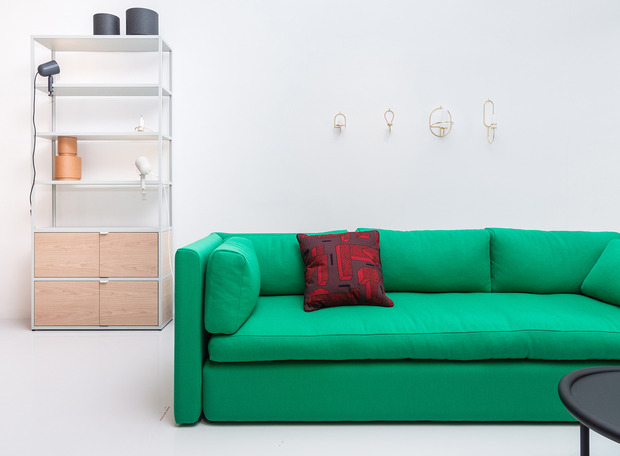
The simple switch of upholstery was enough to confuse the eye, but the extra cushion and elongated form of the three-seater turned these into two different sofas both built upon the same foldable frame. Both versions of the Hackney Sofa speak to Wrong’s mission to create accessible, straightforward furniture that is as aesthetically pleasing as it is functionally comfortable.
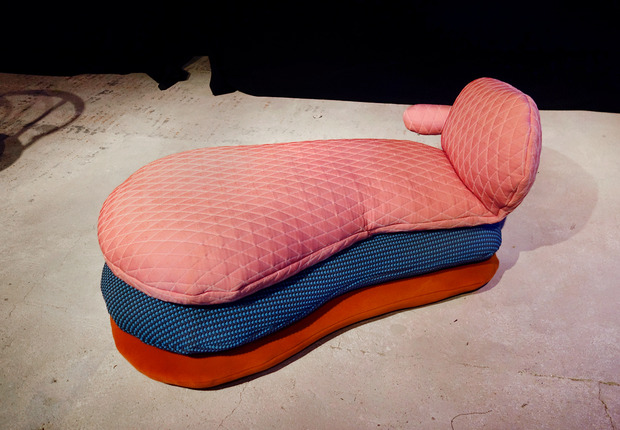
Maarten Baas didn’t just exhibit a few new pieces of furniture this year. Instead, the imaginative Dutch designer conceptualized an entire satellite project area with “Baas Is In Town”—a circus act complete with fun mirrors, swinging chairs, hipster clowns and even an entertaining sideshow (which displayed works from Baas and his peers). Woven into the larger spectacle was furniture by Baas, including an amorphous Bench. The organic shape, surprising color combination and mix of fabrics lends it a slightly awkward feeling, but a welcome one indeed.
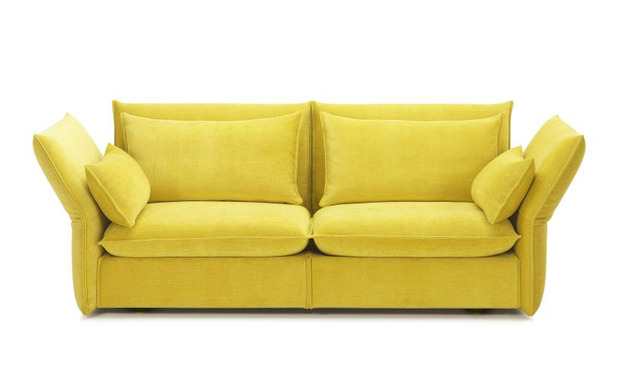
Renowned London-based designers (and the duo behind the 2012 Olympic Torch), Edward Barber and Jay Osgerby played to customized sitting positions with Mariposa, a vibrant two-seater sofa for Vitra. At first glance, the couch appears as a traditional upright structure in a soft, velvety fabric. But the back and sides can be flexed outward in a 30-degree angle, allowing two people to rest in different ways; someone working can remain focused while another can comfortably lounge.
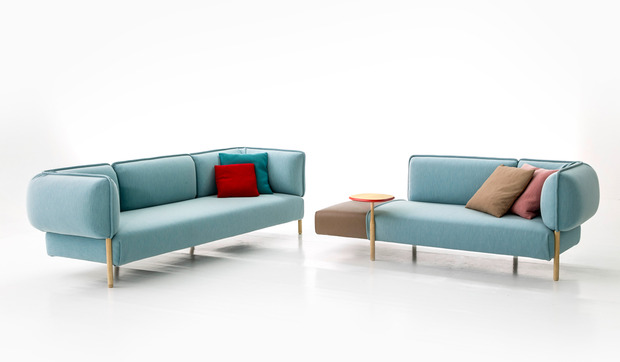
Patricia Urquiola was as omnipresent at Salone this year as the little red trolley bags seen trailing behind fair-goers. The Spanish designer applied her talents across a range of brands, from polycarbonate tableware for Kartell to folk-inspired rugs for Gan to a stunning outdoor “roll” chair for Kettal. For Moroso though, Urquiola created a modular sofa system that truly allows you to interchange the parts beyond typical setups. The sofa—dubbed “(love me) Tender”—rests on an aluminum frame with round wooden legs positioned so that the couch appears to float. But the legs are actually pillars that can be easily rearranged to create different seating arrangements. The standard sofa and chaise can be pulled apart to become a two-seater in which people can face each other, put back together so they can have their backs against one another or formed into the now-classic L-shape.
Images courtesy of their respective brands; Maarten Baas image by Karen Day
